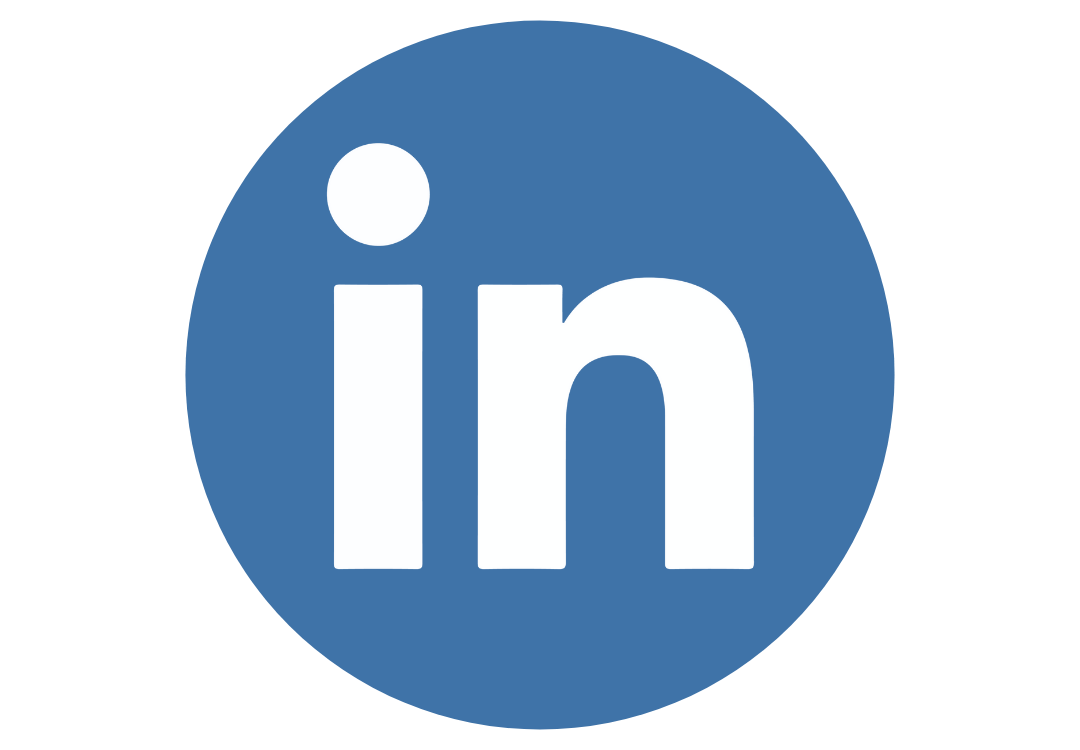Switzerland (Head Quarters)
IDR Medical Switzerland
Austrasse 95, CH-4051 Basel, Switzerland
T:
+41 (0) 61 535 1109
UK
IDR Medical UK
Unit 104 Eagle Tower, Eagle Tower
Montpellier Drive, Cheltenham, GL50 1TA
T:
+44 (0) 1242 696 790
USA
IDR Medical North America
225 Franklin Street, 26th Floor
Boston, Massachusetts 02110, USA
T:
+1 (0) 617.275.4465

Patient Video Diaries in Healthcare Market Research
In the current healthcare landscape, where patient-centered healthcare is increasingly emphasized, the importance of qualitative healthcare market research cannot be overstated.
Recent years have seen a rise in the use of patient diaries as a valuable instrument for gathering key insights from patients regarding their interactions with a specific product, service, or health condition.
By offering a more in-depth understanding of the patient’s journey, patient diaries contribute to qualitative medical market research. Patient diaries benefit patients and healthcare organizations as they can help guide the development, design, and pricing of products or services.
During the COVID-19 pandemic, the popularity of patient video diaries skyrocketed. As a qualitative research instrument, patient video diaries collect data on patient's daily activities and responses.
Patient diaries are valuable in healthcare market research as they enable researchers to obtain primary information about patients’ experiences, treatment adherence, management of symptoms, and treatment outcomes. This article will detail what patient diaries are, their benefits, and how they are used in healthcare market research.
What are patient diaries?

Patient diaries are tools employed in healthcare market research to document every aspect of a patient’s journey, from the treatment process to the post-care experience, and how they feel outside and inside the hospital setting.
According to a report by ReportLinker, the global ePRO (electronic Patient-Reported Outcomes and patient diaries market is projected to reach US$2.8 billion by 2026. This growth is being driven by increasing pressure on medical device, pharmaceutical, and biotechnology companies to improve productivity, reduce costs, and expedite the process of drug development.
Additionally, there is a continuous increase in demand for clinical trials and research studies to develop new drugs, therapies, and vaccines, especially in the wake of the COVID-19 pandemic.
As a result of this growth, patient diaries have become an integral tool for real-time collection and sharing of data to utilize in research. This data is highly contextual and qualitative, and it helps inform a patient-centered design for drug products and medical devices.
Most patient diaries come in electronic modalities like handheld devices, e.g., phones and PDAs; IVR (Interactive Voice Response) systems; and video diaries. This makes them quite easily accessible and convenient for patients and researchers to use.
Patient video diaries, in particular, have seen a rise in popularity in recent years due to the prevalence of smartphones, apps, and online platforms. They are being utilized more frequently in both market and UX (user experience) research. They capture the patient’s day-to-day experiences in real-time, providing accurate data available to researchers in a timely format.
The benefits of patient diaries in healthcare
Patient diaries offer many benefits that serve the patients themselves, healthcare providers, and researchers. They have been shown to improve overall health outcomes for patients and help healthcare providers improve the quality of care for patients.
However, this article will focus on the benefits of patient diaries in healthcare market research, which are explained below.
Gathering Real-Time Data:
- Patient diaries enable researchers to collect real-time data on patients’ experiences, symptoms, and behaviors. Patients record their thoughts, feelings, and actions over a period of time, providing valuable insights into their daily lives.
Understanding Patient Needs:
- By analyzing the content of patient diaries, medical market researchers can gain a deep understanding of patients’ needs, challenges, and preferences. This information can inform product development, marketing strategies, and service improvements.
- An in-depth understanding of the target market is especially key for developing medical device strategy and pricing. When medical market research companies understand the needs of their target market, they can create products tailored to these specific needs.
Product Development
- Data collected from patient diaries is integral to designing products and treatments specific to the patients’ needs.
- This data allows product designers in medical market research to incorporate the patient’s voice in product development, identify what is essential to the patient, and overall create a product that improves the patient’s healthcare experience.
- Patient diaries are often used in clinical trials to record patient-reported outcomes. This provides researchers real-world evidence of a product’s effectiveness and potential side effects, which can influence product development and inform improvements.
User Experience (UX) Research
- In developing digital health applications or wearable devices, patient diaries can be used to conduct UX research. Patient diaries provide valuable feedback for developing healthcare-related products and services.
- Patients can document their interactions with the technology, providing insights into usability, design flaws, and areas for improvement.
- For example, suppose a company is designing a new mobile app for managing chronic conditions. In that case, patient diaries can help identify the features patients find most valuable and user-friendly, allowing the designers to make the necessary tweaks to release the best possible version of the product to the public.
Increased flexibility in research
- Patient diaries are a great alternative to patient feedback surveys, and they are more reliable as they record patients’ reactions in real-time.
- They can also be integrated with other research methodologies to generate more nuanced data.
- For instance, using patient diaries in clinical trials can reduce the burden of lengthy data collection processes on patients and researchers, increase patient engagement, and improve data quality.
Cost-effective approach
- Patient diary studies can utilize small numbers of participants, as the data required is qualitative, not quantitative. This reduces operational and incentivization costs.
- Patient diaries can be integrated into focus group discussions to collect data from focus group participants.
Diminished memory errors in patient recall
- Patient diaries are particularly valuable in healthcare market research because they overcome the risk of outdated recollections since data is often recorded and relayed to researchers in real-time.
- This benefit is seen most clearly in video diaries, which are becoming increasingly popular in healthcare market research.
How are patient diaries used in healthcare market research?

Patient diaries in healthcare market research involve a systematic approach to gathering, examining, and interpreting data from patients who keep records of their experiences, actions, and observations throughout the healthcare experience.
Here is a guide on how to effectively use patient diaries in medical market research:
Define research objectives:
- Precisely communicate your research goals and the exact questions you intend to answer using patient diaries.
- This will help you define the scope of your research and the key insights you aim to find.
- Having a precisely defined research scope and objectives provides the team with clarity and direction and allows streamlined and efficient resource management.
Select the target population
- Determine the patient group that corresponds to your research goals. Consider factors like age, gender, medical history, treatment methods, and other relevant attributes.
- The target population is important because it ensures the study’s findings are generalizable, accurate, and relevant.
- It also aids in addressing ethical considerations and optimizing resource allocation in the most needed areas.
Design the patient diary
- Develop a well-organized patient diary format that patients can use to document pertinent data.
- Ensure that this template is easy to use and accessible for the patient.
- Decide what content needs to be included in the patient diaries. This may include dates, symptoms, medication, diet, exercise, and other relevant information.
- Set up a regular schedule for entering data into the diary. This ensures the continuity of data, improving the accuracy and quality of the study results.
Recruit and screen participants
- Recruit participants who satisfy the requirements of your target population.
- Secure informed consent from participants, outlining the study’s objectives, how the patient diaries will be used, and any data privacy concerns.
- At this stage, it is crucial to communicate with your patients and outline precisely what is being asked of them.
- It is important to consider that recruiting patients for healthcare market research can be challenging, especially those with rare diseases who may not be represented on existing market research panels.
- In such cases, various recruitment strategies can be used, including:
- Social media search
- Making contact with support groups
- Referrals from healthcare professionals
- Sometimes, it is necessary to speak to a patient’s caregiver, for example, a family member or spouse responsible for the patient's care, to acquire consent for their participation in the research. This is a requirement when patients lack the capacity to consent for themselves.
Training and onboarding
- Provide participants with unambiguous instructions on how to fill the patient diaries.
- This can be done through training sessions or by providing written instructions to ensure patients clearly understand how to document the information accurately.
- Define a designated time duration for participants to report their findings. Monitor these insights as they come in and ask clarifying questions to fully understand the context of the patient’s experiences.
- There are several software platforms or apps that can be used to run a patient diary study, such as LifeData, dscout, SurveySignal, Indeemo, and Teamscope.
- These tools help to streamline the process of data compilation and analysis; therefore, it is important to carefully select the platform you use to make sure it supports your study design.
Data Management
- Create a safe and reliable system for gathering and storing patient diary data.
- Ensure that you maintain patient anonymity and compliance with data privacy regulations like HIPAA in the United States or GDPR in the European Union.
Analysis of findings
- During analysis of the collected data, look for friction points in the patient journey.
- Consider utilizing qualitative analysis methods like thematic analysis to pinpoint patterns, trends, and themes in the data.
- At this point, it is also crucial to provide the respondents with feedback to keep them engaged or to ask them specific questions relevant to their content.
- This helps improve the quality of the data collected from the respondents.
Report your findings
- Provide a detailed report of your research findings, including key insights, suggestions, and actionable strategies for healthcare market stakeholders.
- These findings can then guide stakeholders in medical market research companies in developing medical device strategy and medical device pricing.
Make your healthcare market research more patient-centric with IDR Medical
Research has shown that a patient-centric approach to healthcare leads to better health outcomes, greater chances of recovery, and higher levels of patient satisfaction. Healthcare market research companies find themselves in the precarious and yet highly lucrative position of finding ways to design services and products that ensure more patient-centered healthcare.
Patient diaries play a crucial role in qualitative healthcare market research, and patient video diary studies, in particular, have been adopted by market researchers to get critical insights into the patient’s healthcare journey.
IDR Medical is an expert in medical device market research and strategy and has helped many companies utilize patient diaries to optimize their market research strategies.
Do you want to integrate patient diaries into your company’s market research strategy? Start a free consultation.




